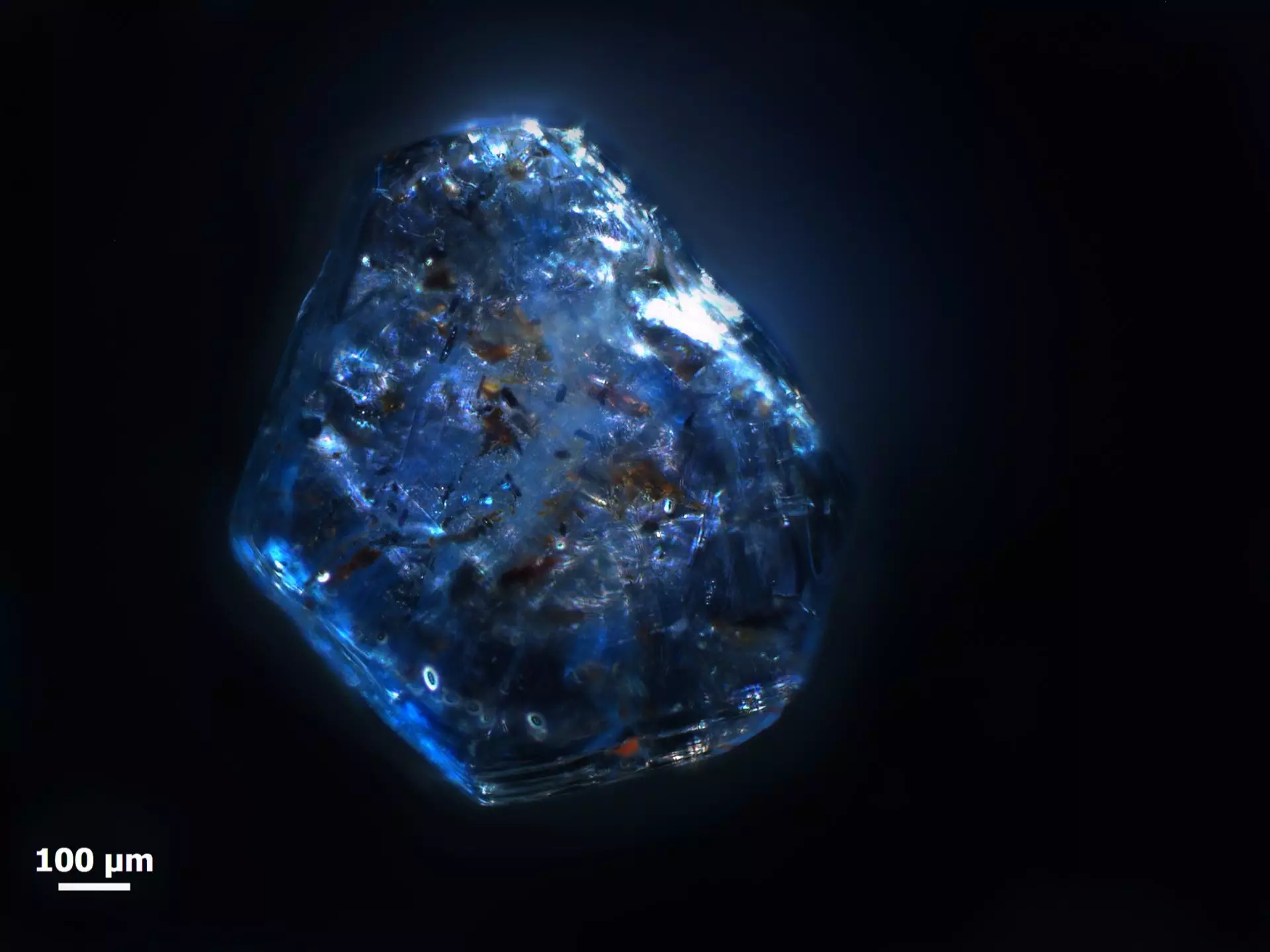Sapphires have always been considered one of the most precious gems in the world, known for their striking blue color. However, despite their beauty, sapphires are composed primarily of aluminum oxide which is considered a “contaminant” in the gemstone world. Researchers at Heidelberg University have been delving into the formation of these unique gems in volcanic melts, shedding light on their geological origins.
The geoscientists at Heidelberg University have conducted extensive geochemical analyses to understand the formation of sapphires in volcanic regions. The study focused on the Eifel region in Germany, a known volcanic area where magma from the Earth’s mantle has been interacting with the crust for hundreds of thousands of years. The researchers found that the sapphire grains discovered in the Eifel were closely associated with volcanic activity, suggesting a strong link between volcanism and sapphire formation.
Traditionally, sapphires were believed to originate from deep crustal rocks and were brought to the Earth’s surface during volcanic eruptions. However, the researchers at Heidelberg University propose a new theory. They suggest that sapphire formation begins in clayey sediments at high temperatures and pressures, with ascending magmas acting as elevators to bring the crystals to the surface. This novel explanation challenges the existing beliefs about the origins of sapphires in volcanic regions.
To test their hypothesis, the researchers analyzed 223 sapphires from the Eifel region using advanced techniques such as the uranium-lead dating method and oxygen isotope analysis. The results indicated that the sapphires formed concurrently with the volcanic activity in the region. The isotopic composition of the sapphires revealed a complex history involving interactions between mantle melts and crustal rocks at varying depths. This study provides valuable insights into the formation mechanisms of sapphires and the role of magmatic and metamorphic processes in their crystallization.
The research conducted at Heidelberg University has significantly advanced our understanding of the formation of sapphires in volcanic melts. By studying the geological context of sapphires in the Eifel region, the researchers have challenged conventional theories and proposed a new model for the genesis of these precious gems. Further studies in this area could reveal additional insights into the complex processes that lead to the creation of sapphires and other gemstones in volcanic environments.


Leave a Reply